Factor Trees Worksheets 5th Grade
In 5th grade, students often encounter the concept of factor trees when learning about prime and composite numbers. Factor trees worksheets can be a great resource for teachers and parents to reinforce this topic and provide students with extra practice. These worksheets focus on breaking down numbers into their prime factors using a visual representation called a factor tree. By completing these worksheets, students can strengthen their understanding of factors, primes, and composites in a fun and engaging way.
Table of Images 👆
- The Factor Tree Worksheets for 6th Grade Math
- Greatest Common Factor 6th Grade Math Worksheet
- Prime Factorization Tree Worksheets 5th Grade
- Prime Factorization Tree Worksheets 5th Grade
- Prime Factor Worksheets 5th Grade
- Prime Factorization Tree Worksheets 6th Grade
- 5th Grade Factor Trees Worksheets
- Prime Factorization Worksheets Factor Trees
- Greatest Common Factor Worksheets
- Equivalent Fractions Common Denominator Worksheets
- Greatest Common Factor Worksheets 5th Grade
- Factor and Prime Factorization Tree Worksheet
- Factor Tree Worksheets
- Common Factors Worksheets
- Number Bonds Worksheets
- Greatest Common Factor Worksheets
More 5th Grade Worksheets
5th Grade Math Worksheets PrintableMultiplication Worksheets for 5th Grade
Constitution Worksheets for 5th Grade
5th Grade Reading Comprehension Worksheets
Coordinates Worksheets 5th Grade
United States Worksheets 5th Grade
5th Grade Vocabulary Worksheets Printable
Free Division Worksheets for 5th Grade
What is a factor tree?
A factor tree is a visual tool used to break down a given number into its prime factors by repeatedly dividing it into prime numbers until only prime numbers are left at the bottom of the tree. Each branch of the tree represents a factor pair of the original number, helping to illustrate the process of prime factorization in a clear and organized way.
How do you create a factor tree?
To create a factor tree, start by writing the number you want to factor at the top of the tree. Then, find two numbers that multiply to give the original number, and write them as branches below the top number. Continue this process by factoring each new number until you reach prime numbers at the ends of the branches. Factor trees are a visual representation of the prime factors of a number and can help in understanding its prime factorization.
What is the purpose of using a factor tree?
The purpose of using a factor tree is to break down a number into its prime factors and visualize the process of factoring. This method helps in understanding the prime factorization of a number and can be useful for finding the greatest common factor or the least common multiple of numbers. It also simplifies complex calculations involving factors.
How can a factor tree help in finding prime factors?
A factor tree is used to break down a number into its prime factors by repeatedly dividing it into smaller factors until all factors are prime numbers. By constructing a factor tree, you can easily identify the prime factors of a number by starting with the smallest prime numbers that divide the original number and further breaking down the remaining factors into primes until no more division is possible, which allows you to find the prime factorization of the original number efficiently.
How do you determine the prime factorization of a number using a factor tree?
To determine the prime factorization of a number using a factor tree, start by dividing the number by its smallest prime factor until you reach a prime number. Then, repeat the process with the factors until there are only prime numbers left in the tree. The product of all the prime numbers in the tree will be the prime factorization of the original number.
What is the difference between a factor and a prime factor?
A factor is any number that can be multiplied to give a specific number, whereas a prime factor is a factor that is a prime number. In other words, a prime factor is a factor that is divisible only by 1 and itself, while a factor can be any number that divides the given number evenly.
Can you use a factor tree to find the greatest common factor of two numbers?
No, a factor tree is a visual way to break down a number into its prime factors, but it is not the most efficient method for finding the greatest common factor of two numbers. To find the greatest common factor of two numbers, it is recommended to list the factors of each number and then identify the common factors. The greatest common factor is the largest number that divides both numbers without leaving a remainder.
How can a factor tree be used to simplify fractions?
A factor tree can be used to simplify fractions by breaking down both the numerator and the denominator of the fraction into their prime factors, identifying common factors that can be cancelled out, and then multiplying the remaining factors to obtain the simplified fraction. By using a factor tree to decompose the numbers into prime factors, it becomes easier to identify factors that can be crossed out, resulting in a simplified fraction.
Are there any strategies or tips for making factor trees more efficient?
One strategy to make factor trees more efficient is to start by dividing the number by its smallest prime factor first, then continue dividing the resulting numbers until you reach prime factors. This helps to streamline the process and avoid unnecessary steps. Additionally, organizing the branches neatly and using clear symbols can help improve the readability of the factor tree, making it easier to see the prime factors and their multiplicities.
How can factor trees be used to solve real-life math problems or situations?
Factor trees can be used to solve real-life math problems or situations by helping break down large numbers into their prime factors, which can be useful in various applications such as simplifying fractions, finding the greatest common factor between two numbers, or determining whether a number is a multiple of another. This method can also be applied in financial calculations, like simplifying interest rates or determining the factors contributing to a specific value in economic analysis or forecasting. By using factor trees, individuals can better understand the underlying structure of numbers and make more informed decisions in practical scenarios that involve numerical analysis or problem-solving.
Have something to share?
Who is Worksheeto?
At Worksheeto, we are committed to delivering an extensive and varied portfolio of superior quality worksheets, designed to address the educational demands of students, educators, and parents.

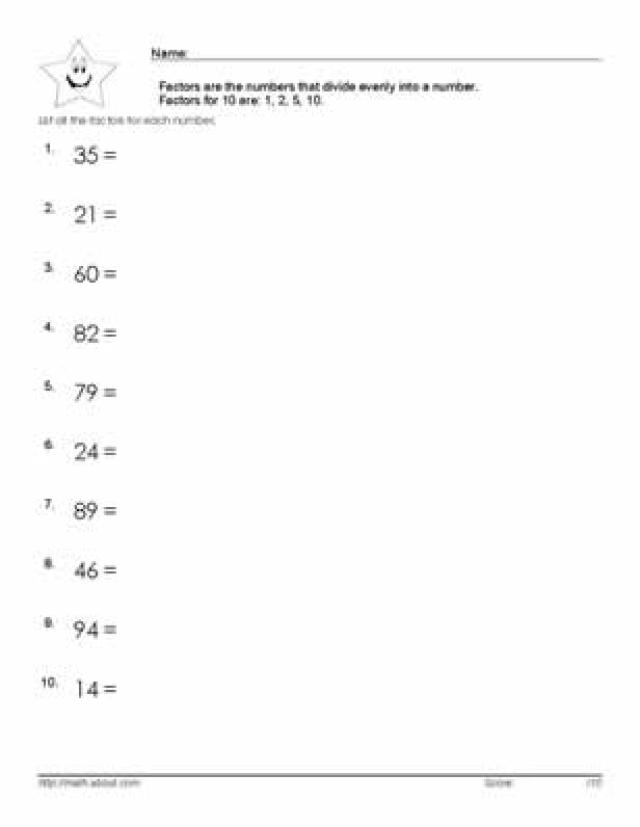



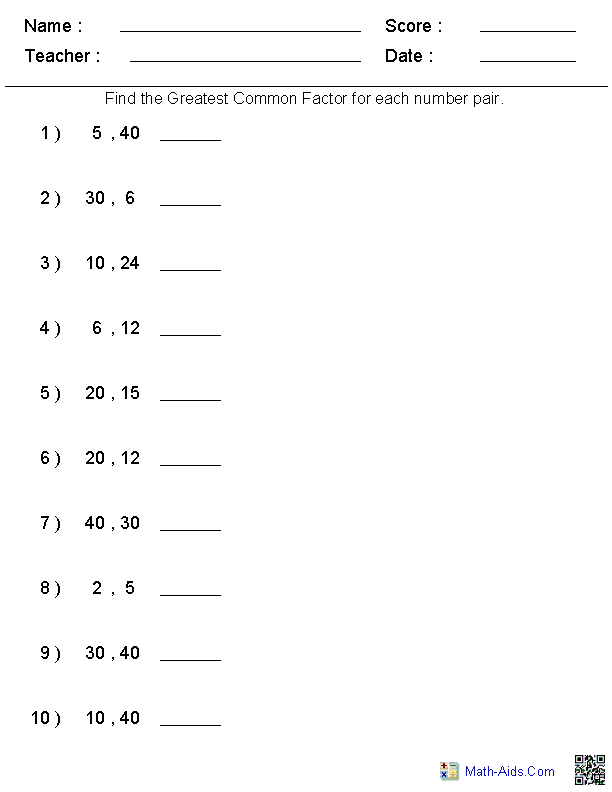
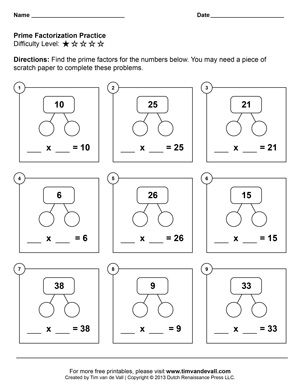
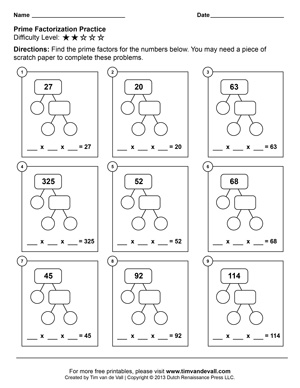
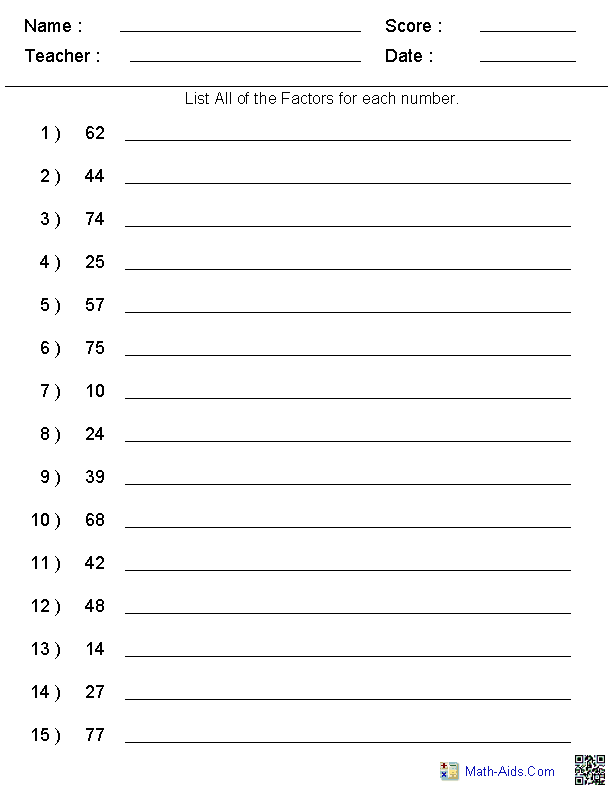
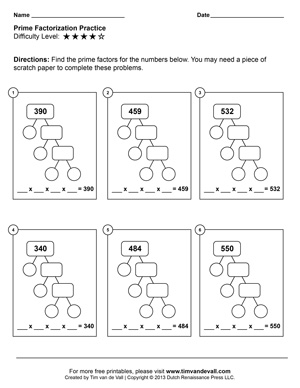



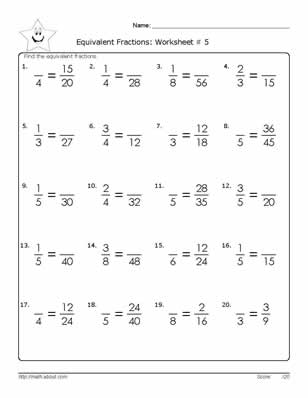


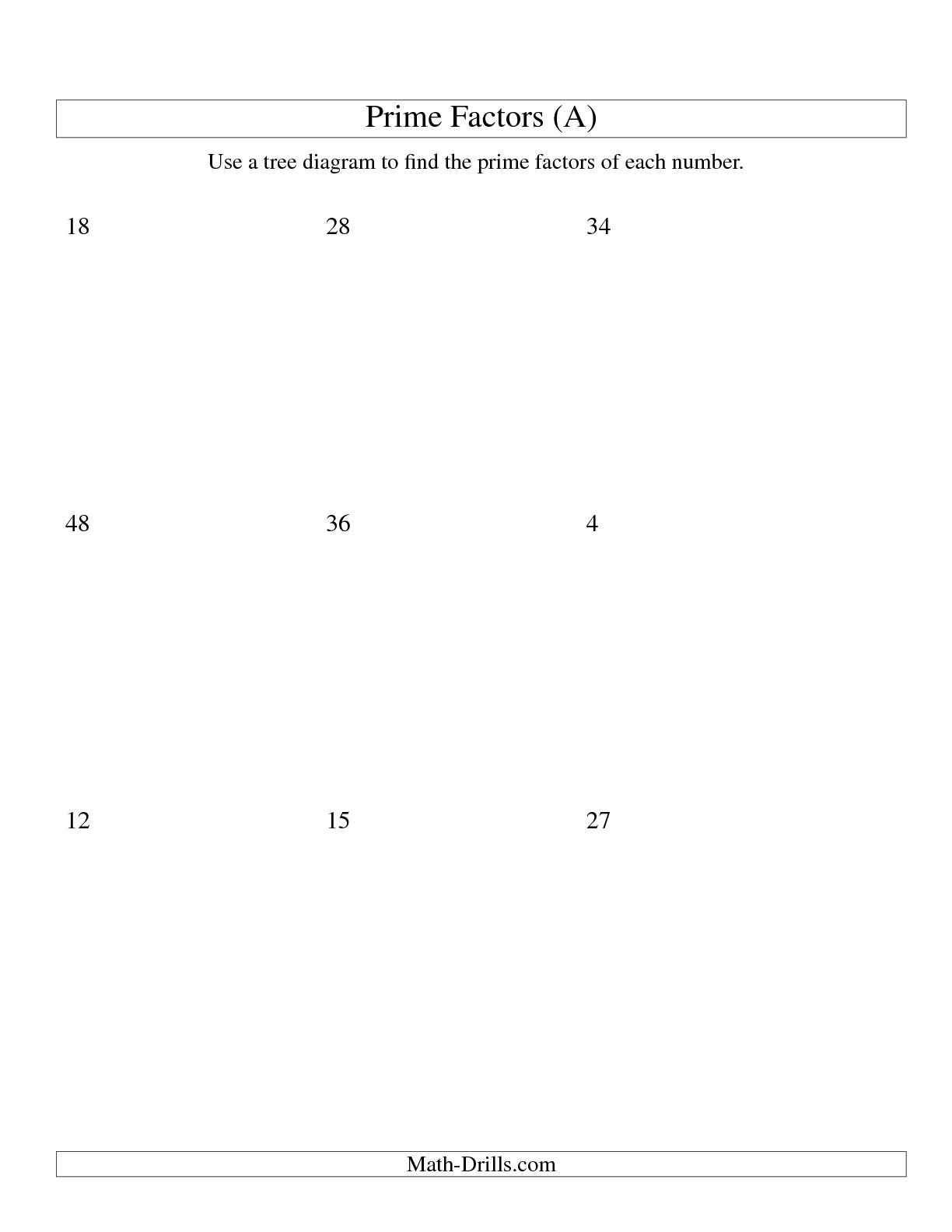
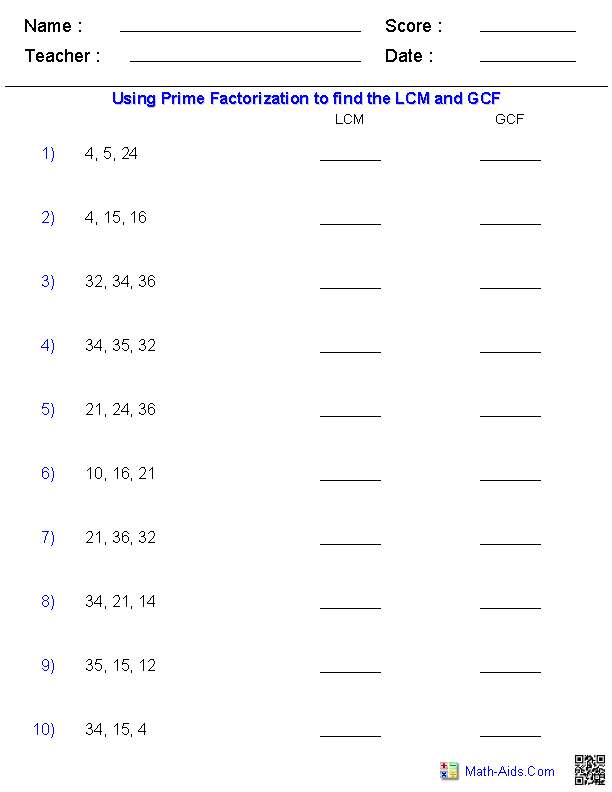
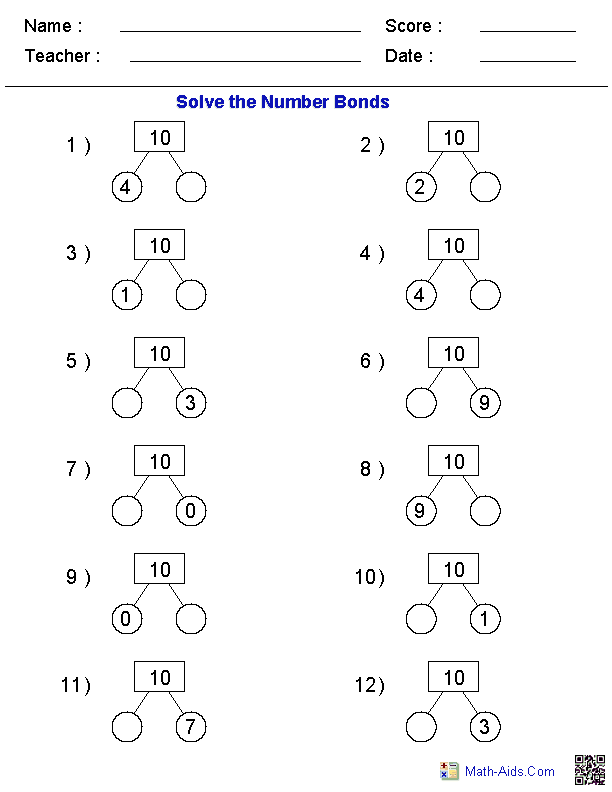















Comments